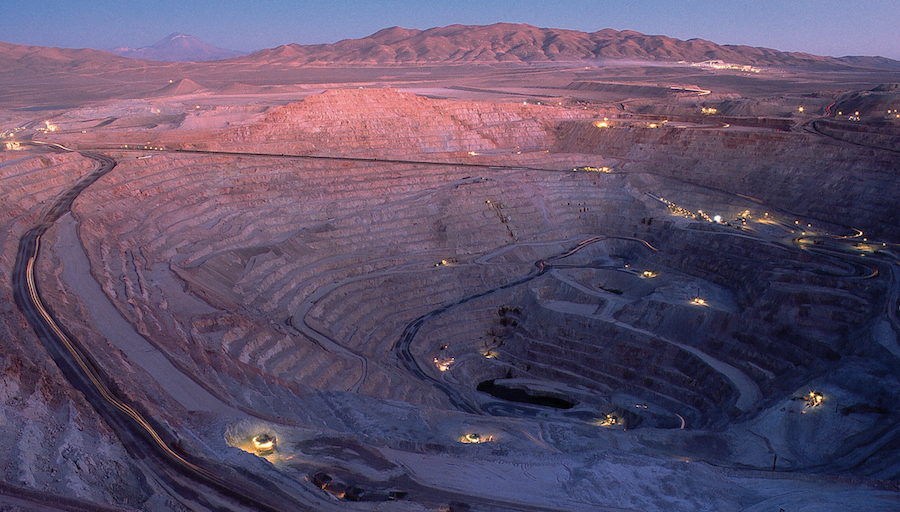
Copper production at Chile’s Escondida copper mine, the world’s largest, fell by an shocking 63% from January to March this year when compared to the same period in 2016 due to long-drawn-out strike, which became the longest private-sector mining stoppage in the country’s history.
Escondida is the world’s biggest copper mine by a large margin, accounting for about 5% of the world’s total production of the red metal.
The mine, located in the copper-rich Antofagasta region, in northern Chile, generated 97,103 tonnes of copper in the first quarter of the year, down from 265,597 tonnes a year earlier, EFE news agency reported (in Spanish).
Before the strike, it was forecast to produce almost 1.1 million tonnes this year. That is equivalent to about 5% of the world’s total copper production.
While majority-owned and operated by BHP (ASX, NYSE:BHP) (LON:BLT), which invoked force majeure due to the stoppage, other companies including Rio Tinto (LON, ASX:RIO) and Japanese Mitsubishi Corp also hold stakes in the mine.
Chile is the world’s biggest copper producer, and sales of the metal make up for about 60% its export earnings. But the country has lost some of its appeal to mining investors in recent months.
According to the latest annual global survey of mining executives released this week by the Fraser Institute, the nation tumbled in the rankings from the 11th place it held in 2015 to the 39th position and currently ranks below Peru, which occupies the 28th place.